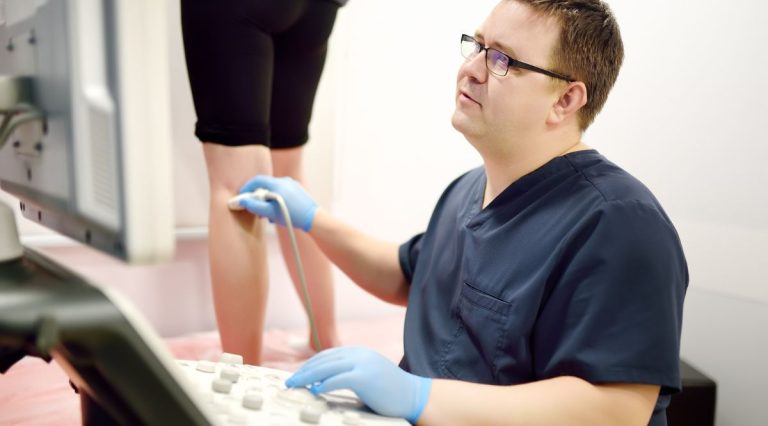Correcting Protruding Teeth: Treatment Options and Benefits
Protruding teeth, often referred to as overjet or buck teeth, can affect both the aesthetics of your smile and your overall dental health. Understanding the treatment options available and their benefits can help you make informed decisions about correcting protruding teeth.
What Causes Protruding Teeth?
Protruding teeth are typically caused by a mismatch between the size of the jaw and the teeth, leading to teeth that stick out more than usual. This condition can be influenced by genetics, habits like thumb sucking or tongue thrusting, or the position of other teeth in the mouth.
Treatment Options
1. Orthodontic Treatment
Orthodontic treatment is the most common and effective way to correct protruding teeth. Options include:
- Traditional Braces: Braces use brackets and wires to gradually move teeth into the desired position. They are highly effective for correcting severe protrusion and aligning teeth properly.
- Clear Aligners: Clear aligner systems, such as Invisalign, offer a more discreet alternative to traditional braces. They work similarly by applying gentle pressure to move teeth over time.
2. Tooth Extraction
In some cases of severe overcrowding, extracting one or more teeth may be necessary to create space for the remaining teeth to align properly. This can help reduce protrusion and improve overall dental alignment.
3. Functional Appliances
Functional appliances, like headgear or bite correctors, may be used in younger patients whose jaw development needs to be guided. These appliances help to correct the alignment of the upper and lower jaws, thereby reducing protrusion.
Benefits of Correcting Protruding Teeth
- Improved Aesthetics: Straightening protruding teeth can significantly enhance the appearance of your smile, boosting self-confidence and improving facial harmony.
- Better Oral Health: Properly aligned teeth are easier to clean and maintain, reducing the risk of tooth decay, gum disease, and other oral health problems.
- Enhanced Functionality: Correcting protruding teeth can improve bite alignment and chewing efficiency, reducing strain on the jaw joints and muscles.
Considerations
- Treatment Duration: The duration of treatment varies depending on the severity of the protrusion and the chosen treatment method. Your orthodontist will provide a personalized treatment plan with estimated timelines.
- Maintenance: Following orthodontic treatment, wearing retainers as recommended by your orthodontist is crucial to maintain the results and prevent teeth from shifting back.
Conclusion
Correcting protruding teeth not only enhances your smile’s appearance but also promotes better oral health and functionality. Consulting with an experienced orthodontist is essential to determine the best treatment plan for your specific needs. Whether through traditional braces, clear aligners, or other orthodontic appliances, addressing protruding teeth can lead to a healthier, more confident smile.
By understanding the available treatment options and their benefits, you can embark on a journey towards achieving a straighter, more aesthetically pleasing smile and improved overall dental well-being.






